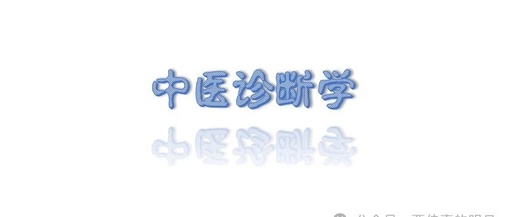Decoding the ‘Hua Mai’ in Traditional Chinese Medicine
Hua Mai (滑脉), or “slippery pulse,” is one of the pulse patterns in Traditional Chinese Medicine (TCM) pulse diagnosis. It refers to a pulse that feels smooth and flowing, resembling pearls rolling on a jade plate. When three fingers are placed on the patient’s cun (寸), guan (关), and chi (尺) positions, the pulse beats … Read more








